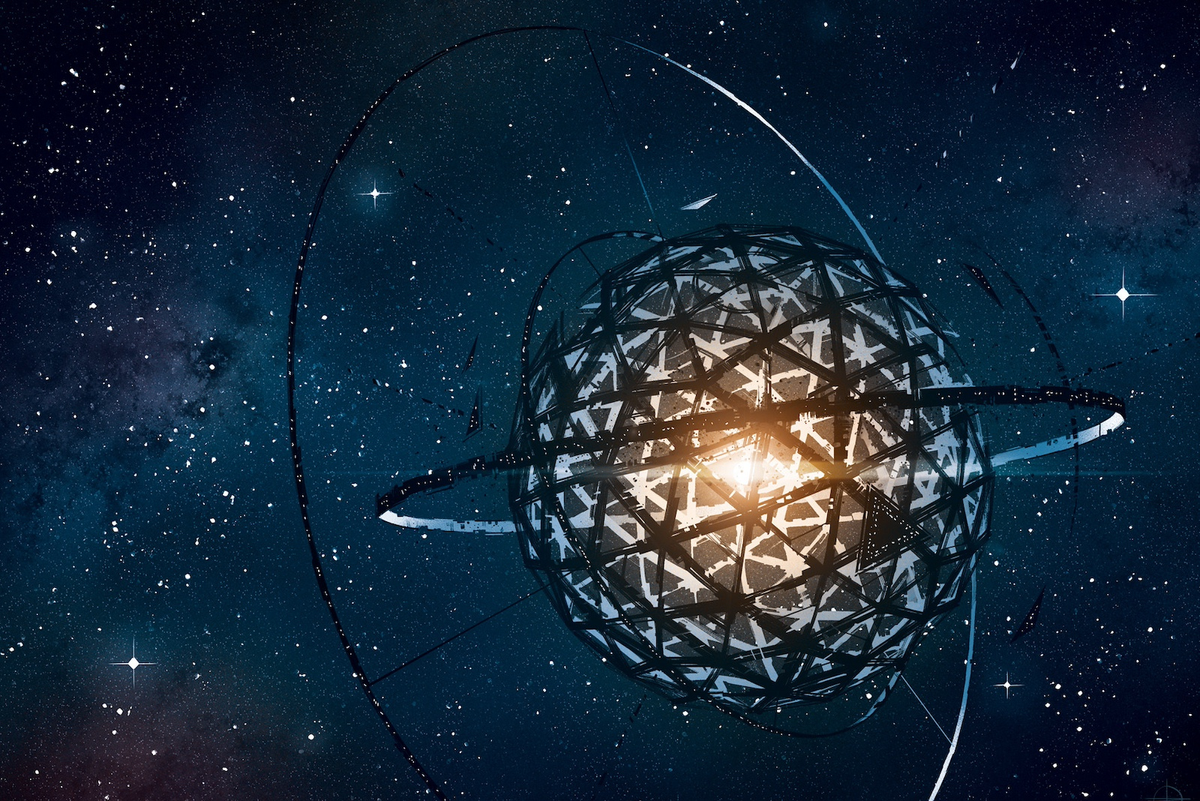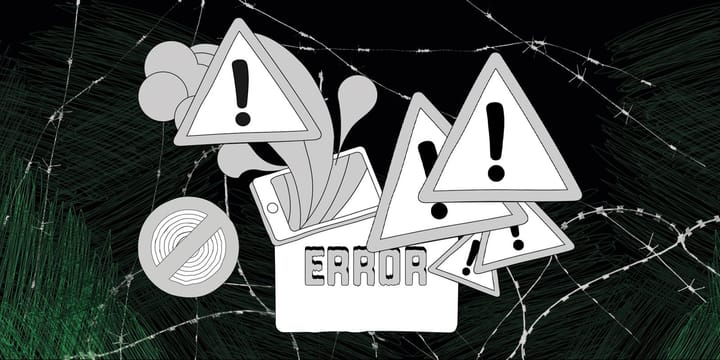Scientists have found seven star systems that might have alien megastructures

Scientists claim that at least seven stars in the Milky Way might have a super-advanced alien technology called a Dyson sphere. While the researchers can't be completely sure that these stars have intelligent civilizations, they will definitely interest scientists looking for extraterrestrial life.
Theoretical physicist Freeman Dyson first suggested Dyson spheres in 1960. The basic idea is that highly advanced alien civilizations might build huge structures around their home stars or black holes to capture their massive energy output. The most extreme version would be a giant sphere that surrounds an entire star, while smaller versions could include ring stations and swarms of large mirrors.
While scientists debate whether a civilization could ever become advanced enough to build such enormous structures, researchers believe that if Dyson spheres exist, we should be able to detect them. This is because a Dyson sphere around a star would get heated by the star and emit a lot of infrared radiation.
Because of this, Dyson sphere hunters look for spikes in infrared radiation, called infrared excess emissions (IEEs), in the spectra of distant stars. These are one of the main technosignatures that astronomers searching for aliens look for, along with unusual radio signals, atmospheric greenhouse gases, and artificial light.
In a new study published on May 6 in the journal Monthly Notices of the Royal Astronomical Society, researchers used a computer program to search for IEEs among more than 5 million stars in our galaxy. They used data from various observatories, including the European Space Agency's Gaia spacecraft, NASA's Wide-field Infrared Survey Explorer (WISE), and the Two Micron All-Sky Survey (2MASS). Amazingly, the program found seven strong candidates for stars that might have Dyson spheres.
All seven stars identified by the study are M-dwarf stars. These are main sequence stars that are smaller and dimmer than the sun. According to the researchers, all of these stars are within 1,000 light-years of Earth.
There's another recent study that found potential IEEs. Uploaded to the preprint server arXiv on March 27, this study analyzed about 5 million stars observed by Gaia, WISE, and 2MASS and identified 53 potential candidates. It's unclear if both studies used the same dataset, and the March paper hasn't been peer-reviewed yet.
In both studies, researchers considered factors that might lead to false-positive IEE findings, like nebulas around stars. However, they couldn't completely rule out other possibilities, such as massive debris disks—clouds of rock and dust from exoplanet collisions that also heat up intensely near their parent stars, according to the researchers.
Researchers plan to conduct further observations on the newly identified candidate stars using advanced instruments like the James Webb Space Telescope. This will allow them to gather more precise data and look for additional signs of intelligent extraterrestrial life within these star systems.
Thanks for visiting Our Secret House. Create your free account by signing up or log in to continue reading.



